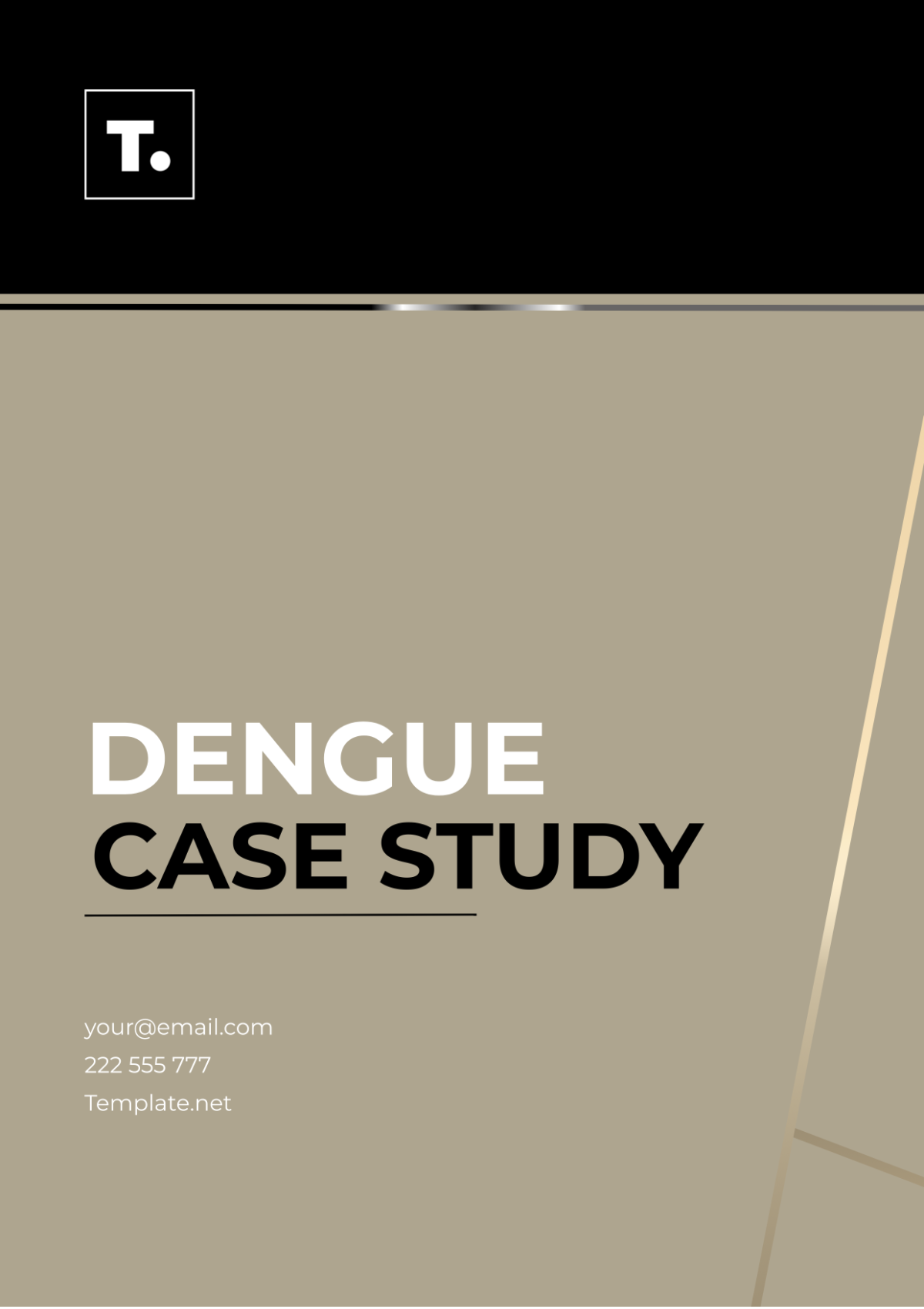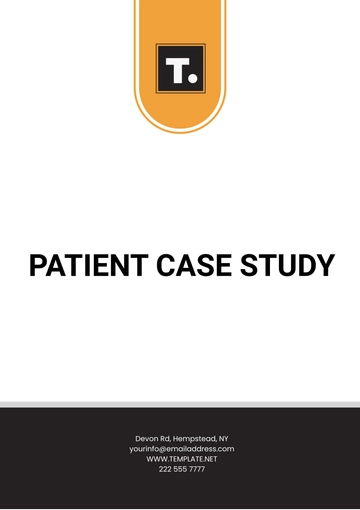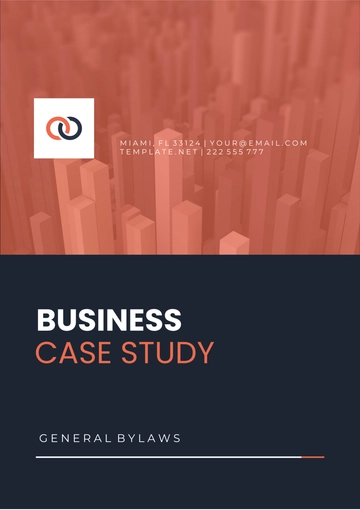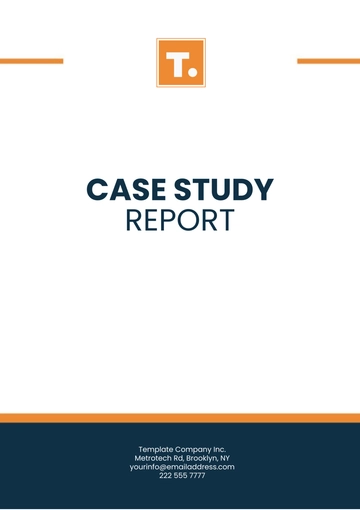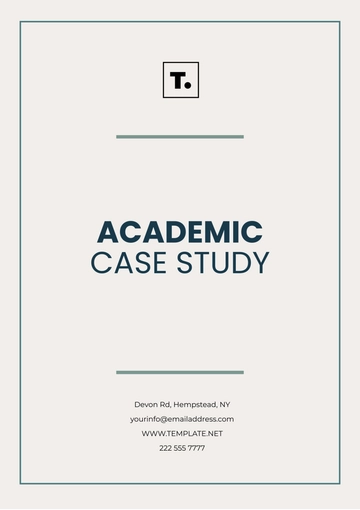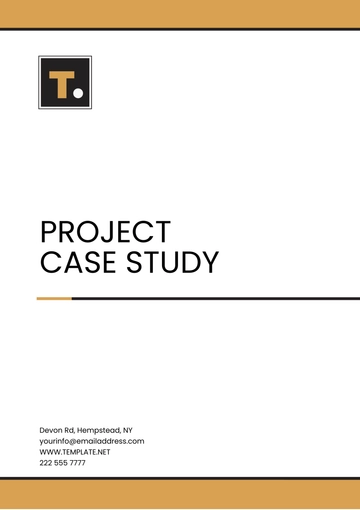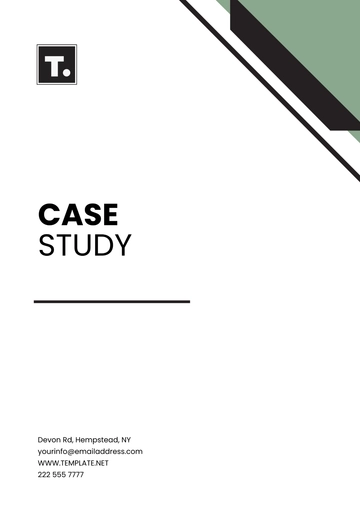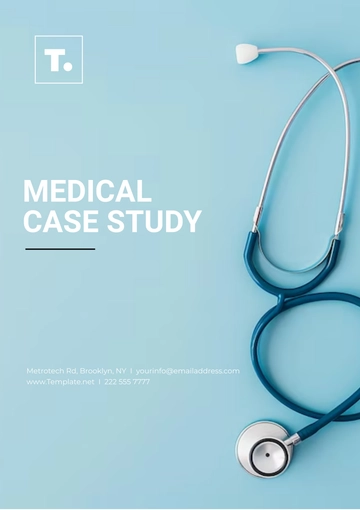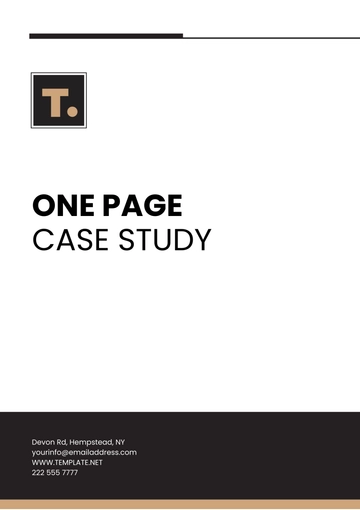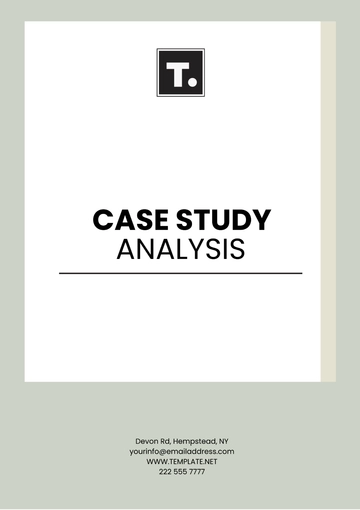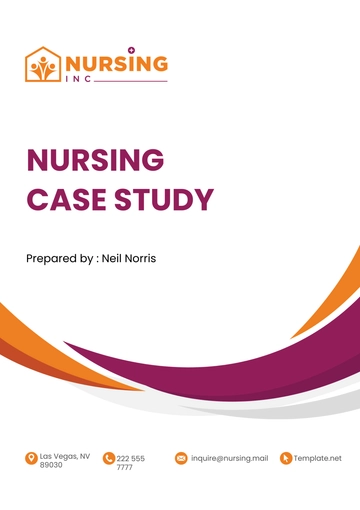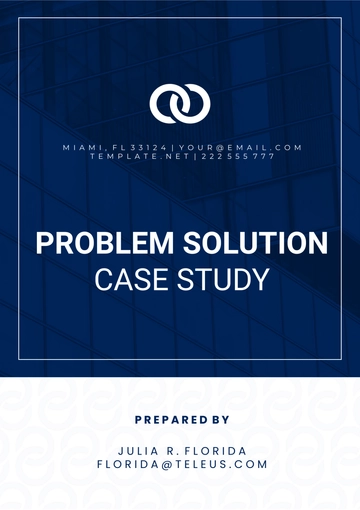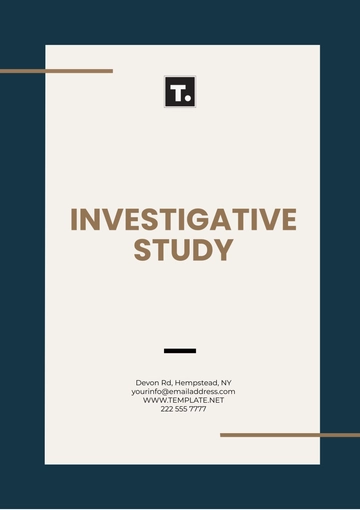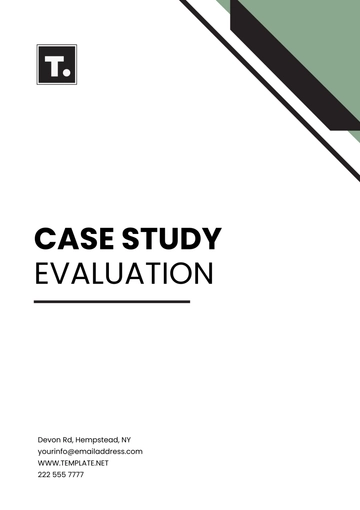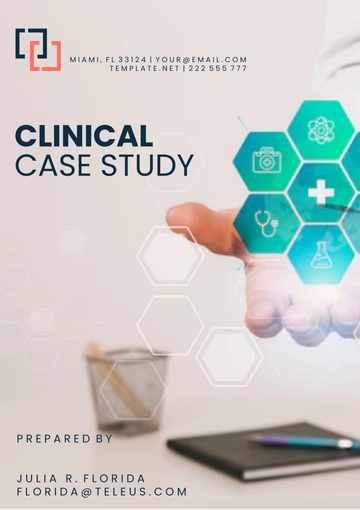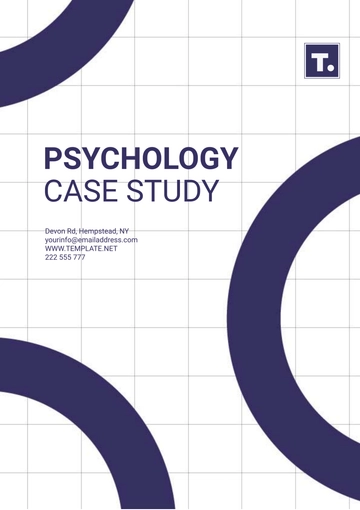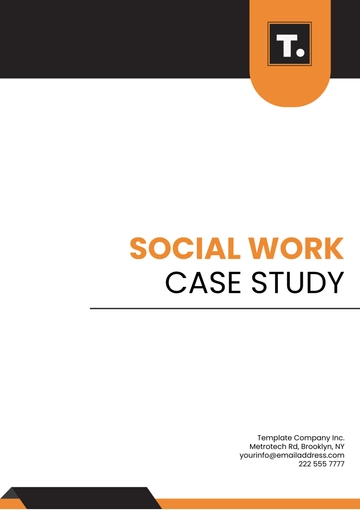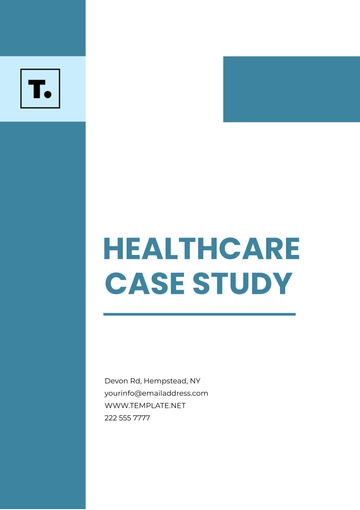Dengue Case Study
I. Executive Summary
In the Dengue Outbreak Response Case Study, we analyze the strategic actions and outcomes of [Your Company Name] in combating a severe outbreak of dengue fever. This report delves into the epidemiological context, response strategies employed, challenges faced, and lessons learned from the crisis management process. By examining the case study, stakeholders can gain valuable insights into effective disease control measures and preparedness strategies for future outbreaks.
II. Introduction
II.I Background
Dengue fever, transmitted primarily by the Aedes mosquito, poses a significant public health threat globally, particularly in tropical and subtropical regions. The virus causes flu-like symptoms and can develop into severe dengue, leading to potentially fatal complications. The rapid urbanization, climate change, and increased travel have contributed to the spread of the disease, making proactive surveillance and response critical
II.II Objectives
The primary objective of this case study is to assess the effectiveness of [Your Company Name]'s response to a dengue outbreak. Key focus areas include:
Epidemiological Analysis: Understanding the spread and impact of the outbreak.
Response Strategy Evaluation: Assessing the efficiency of intervention measures.
Stakeholder Coordination: Analyzing collaboration between public health authorities, healthcare providers, and community organizations.
Lessons Learned: Identifying best practices and areas for improvement in future outbreak responses.
III. Methodology
III.I Data Collection
Data for this case study was collected through a combination of:
Surveillance Reports: Obtained from Public Health Departments.
Interviews: Conducted with key stakeholders involved in the outbreak response.
Literature Review: Analysis of relevant studies and reports on dengue prevention and control.
III.II Analysis Framework
The analysis is structured around the following themes:
Epidemiological Trends: Examining the pattern of dengue cases and geographical spread.
Intervention Strategies: Assessing the effectiveness of vector control measures and public awareness campaigns.
Community Engagement: Evaluating community participation and its impact on disease prevention.
Resource Allocation: Analyzing the allocation of resources for outbreak management.
IV. Epidemiological Analysis
IV.I Case Distribution
The outbreak initially emerged in [Affected Area], with a sharp increase in dengue cases reported from [Start Date] to [End Date]. Subsequently, the disease spread to neighboring regions, indicating the potential for rapid transmission within densely populated areas.
IV.II Demographic Profile
Analysis of patient demographics revealed a higher incidence of dengue among ages 25-40 and low-income communities. This information guided targeted interventions for vulnerable populations, including door-to-door educational campaigns and free mosquito nets distribution.
V. Response Strategies
V.I Vector Control
Fogging operations and larviciding were implemented to reduce mosquito breeding sites. Additionally, Community Cleanup Campaigns mobilized residents to eliminate stagnant water containers and adopt preventive measures.
V.II Healthcare Provision
Healthcare Facilities were equipped to manage the surge in dengue cases, with protocols established for early diagnosis and treatment. Public awareness campaigns emphasized the importance of seeking medical care promptly for suspected dengue symptoms.
VI. Stakeholder Coordination
VI.I Interagency Collaboration
Government Agencies, NGOs, and Local Community Leaders collaborated closely to coordinate response efforts. Regular meetings and joint action plans facilitated the sharing of resources and expertise across sectors.
VI.II Community Engagement
Community-based organizations played a pivotal role in disseminating information, mobilizing resources, and fostering community participation. Engaging with local leaders and volunteers empowered communities to take ownership of dengue prevention initiatives.
VII. Lessons Learned
VII.I Early Warning Systems
The timely detection of outbreaks is essential for implementing proactive measures. Strengthening surveillance systems and leveraging Data Analytics can enhance early warning capabilities and facilitate targeted interventions.
VII.II Communication Strategies
Clear and consistent communication is crucial for promoting public awareness and fostering community engagement. Utilizing diverse communication channels, such as Social Media, radio broadcasts, and community meetings, can reach diverse populations effectively.
VIII. Conclusion
The Dengue Outbreak Response Case Study underscores the importance of a multidimensional approach to disease control, encompassing epidemiological surveillance, community engagement, and intersectoral collaboration. By leveraging the lessons learned from this case study, [Your Company Name] is better positioned to mitigate the impact of future outbreaks and safeguard public health.
Prepared by:
[Your Name]
[Your Position]
[Your Department]
Contact Details:
[Your Company Email]
[Your Company Number]
Case Study Templates @ Template.net
